Introduction
Holi, also known as Fagu Purnima, is the joyous festival of colours celebrated enthusiastically across Nepal and India. This vibrant festival marks the arrival of spring and the end of winter, symbolising new beginnings, joy, and the triumph of good over evil. Holi is deeply rooted in Hindu mythology, particularly the story of Holika, a demoness whose defeat signifies the victory of righteousness.
Celebration
Holi is a day of playful chaos and fun, where people gather in streets, courtyards, and public spaces to throw colourful powders, spray water, and indulge in lively celebrations. The air is filled with bright hues as participants cover each other in gulal (coloured powders) and engage in water fights using balloons and water guns. Singing, dancing, and laughter are common as communities rejoice. Many also visit family and friends, offering sweets and festive greetings, making it a day of unity and joy.
Story of Holika and the Triumph of Good Over Evil
The central myth behind Holi revolves around Holika, the sister of the demon king Hiranyakashipu, and her attempt to kill his son Prahlad, a devoted follower of Lord Vishnu. Holika, who had a boon to remain unharmed by fire, sat with Prahlad on a pyre in an attempt to kill him. However, due to Prahlad’s unwavering faith, Holika was burnt to ashes, while Prahlad survived unharmed, symbolising the triumph of good over evil. To commemorate this, bonfires are lit on the eve of Holi in some regions, representing the destruction of Holika.
Duration and Timing
Holi is celebrated on the full moon day (Purnima) in Falgun (February/March), marking the end of winter. The festival lasts for a day in most regions but can extend to two days in the Terai region of Nepal.
Significance
The festival of colours goes beyond just the mythological aspect; it also signifies spring’s arrival and nature’s renewal. People of all ages participate in the festivities, breaking social barriers and embracing unity. The use of bright colours and water represents the liveliness of spring, and the festival encourages forgiveness, renewal of relationships, and harmony among people. Holi allows communities to come together, laugh, and celebrate life carefree and joyfully.

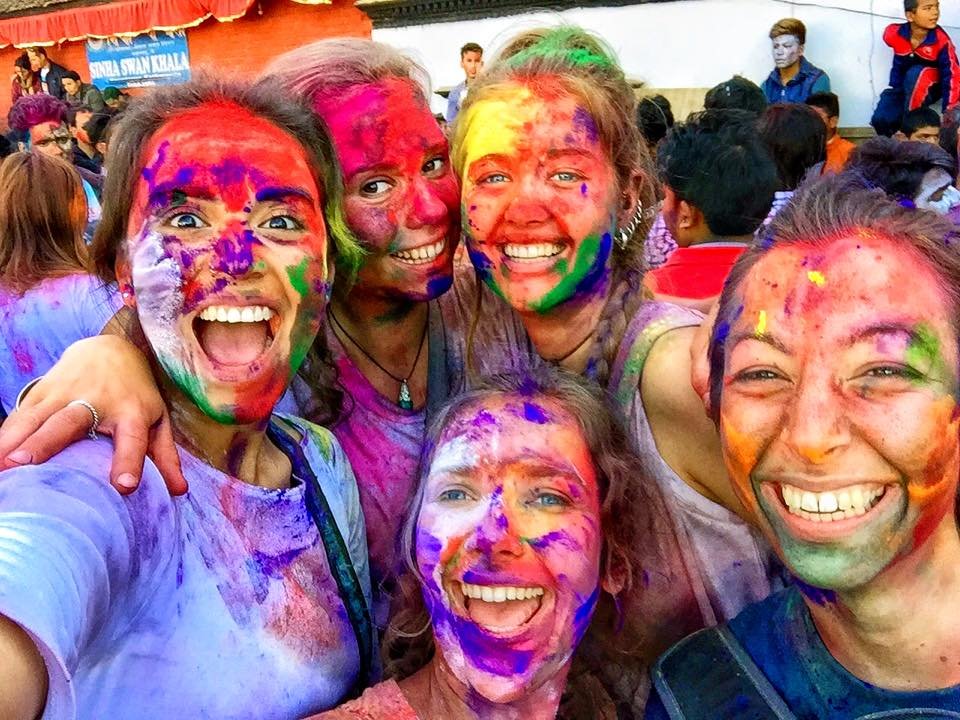
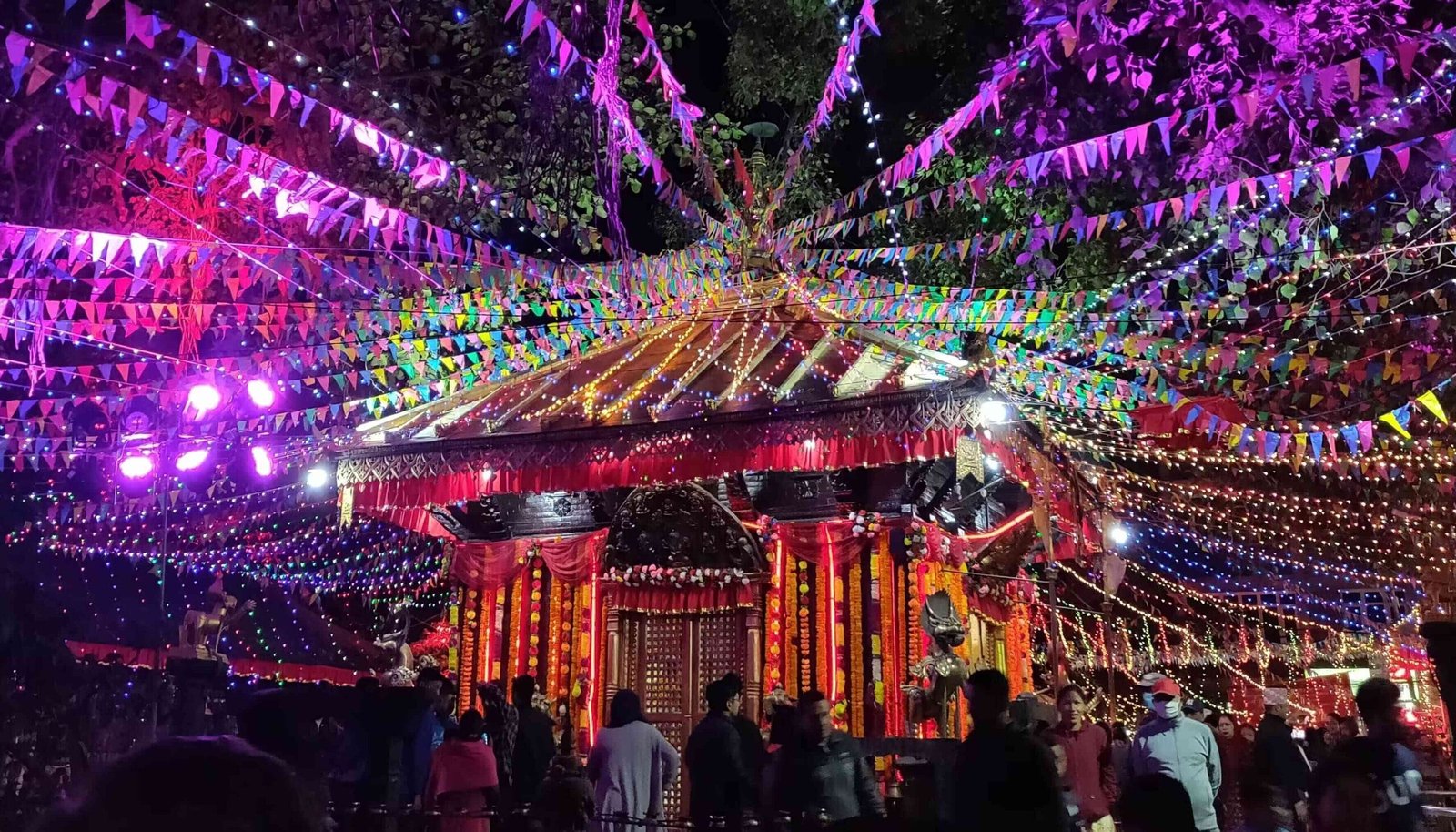
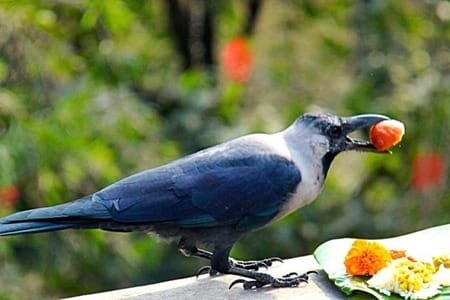
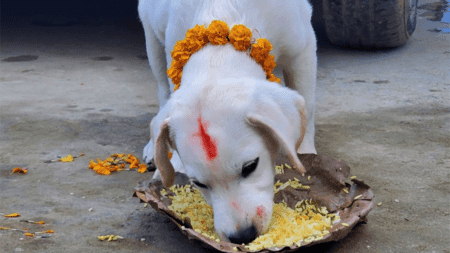
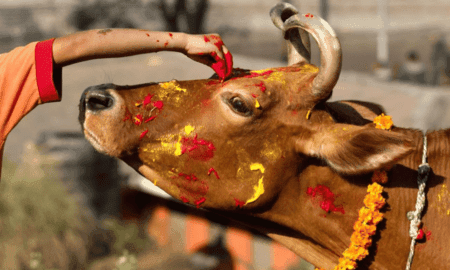
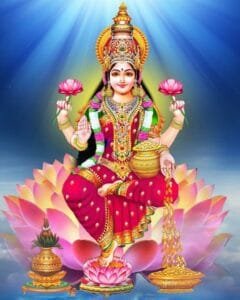
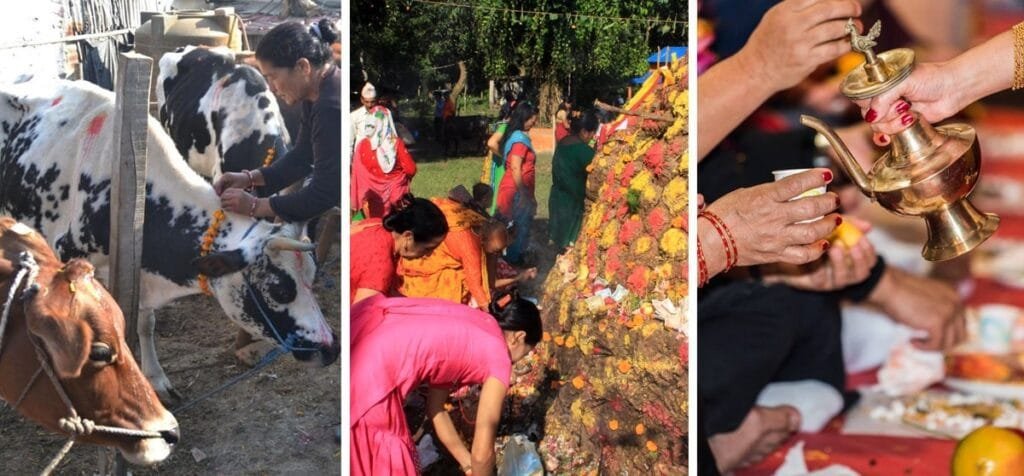
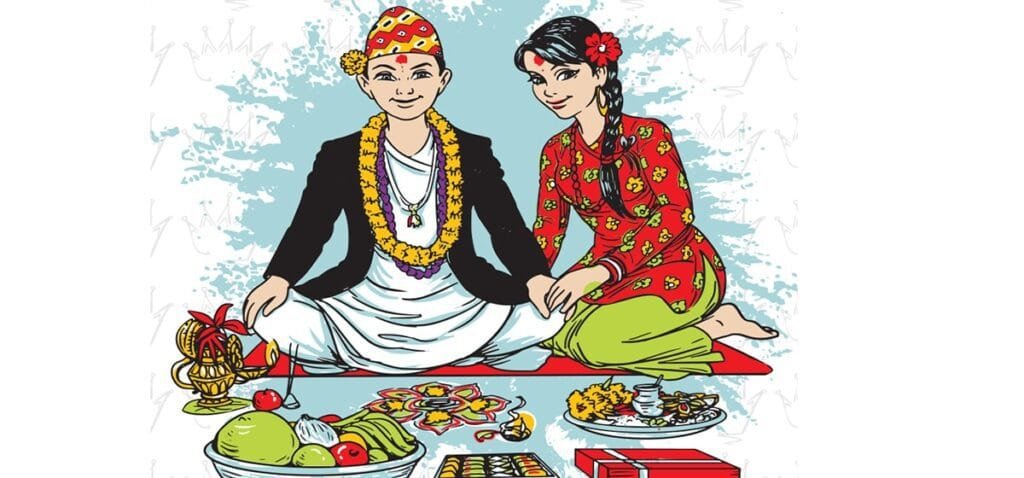
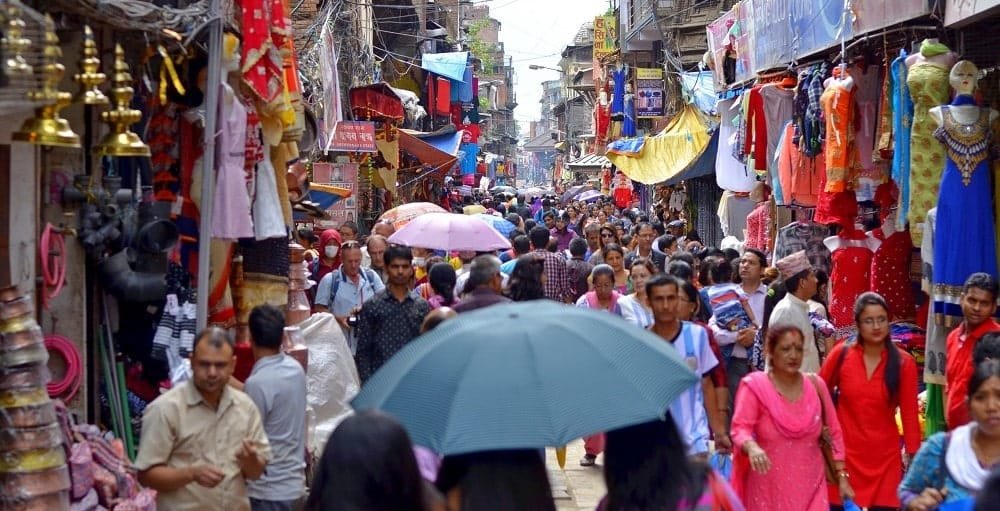

 Member of
Member of